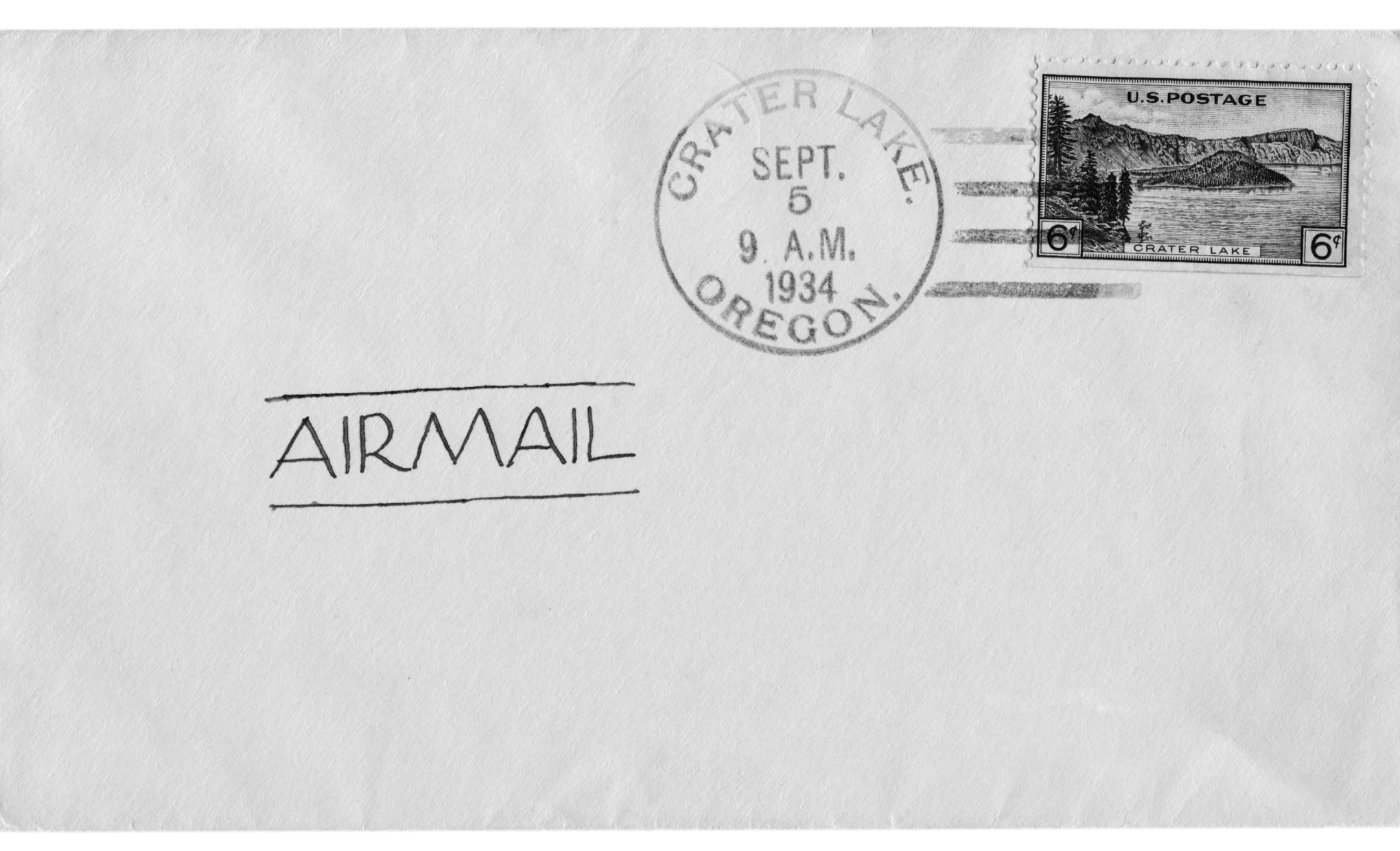Few people realize that the United States Post Office Department essentially created the nation’s commercial aviation industry. On May 15, 1918, the United States officially established its airmail service with inaugural flights between Washington, D.C., Philadelphia, and New York City. Army pilots and military planes made the earliest flights, but three months later, the Post Office Department took over airmail operations. From 1918 to 1927, the Post Office Department mapped routes, tested aircraft, and trained civilian pilots for their fledgling airmail service. Early flights were quite dangerous as pilots were expected to take off no matter the weather conditions and planes often experienced problems, including catching fire! Over 9 years, 32 pilots died and over 6,5000 forced landings occurred. Control of the nation’s airmail service was turned over to private contractors in 1927, but the Post Office Department still played a key role in early aviation. Since early airline passenger traffic was all but non-existent, the Post Office Department’s airmail contracts provided the main financial base for most flights and in turn bolstered the growth of America’s commercial aviation system. (It’s worth noting that companies used the funds to buy larger, safer planes that ultimately made passenger traffic more feasible.) In 1952, airline subsidies and airmail were separated. The new system saw the Post Office Department paying airmail compensation and the Civil Aeronautics Board making all airline subsidy payments, which were based on various interests not directly related to airmail. In the second half of the 20th century, passengers finally overtook mail/cargo as the main focus of flights. Airlines began to organize their roots around passenger needs rather than airmail priorities. But still, by 1975, airmail had become a fundamental part of the U.S. Postal Service’s plan for moving mail around the country. In fact, airmail had become so ubiquitous by that point that in October 1975, first class mailers were no longer required to pay an extra fee for airmail service. It’s also worth noting that a few years earlier, in 1971, Federal Express had incorporated and set out to design a shipping system specifically for airfreight. By the end of the 20th century, FedEx was operating the world’s largest all-cargo (non-passenger) air fleet. In 2001, the USPS and FedEx allied, allowing each service to achieve unprecedented reach. Today, many shipping companies have their own planes and airmail continues to be a massively important service as our world continually grows more global.

Your go-to guide for weird history facts
Subscribe to the FREE daily email that makes learning about history fun.


